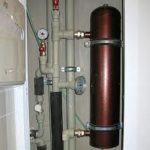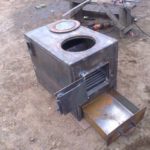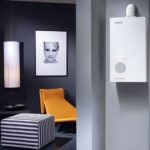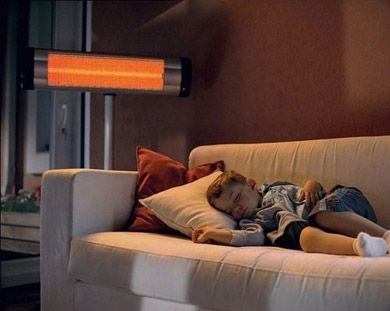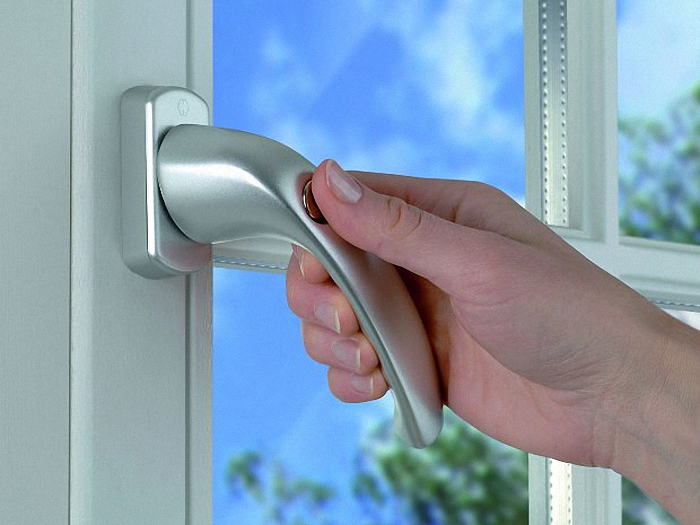What is better, an electric boiler or convectors?
Heating a home is an important issue that, with the arrival of cold weather, all efforts are thrown into solving. To keep your home warm and cozy in winter, it is recommended to take care in advance of installing reliable and economical heating equipment. Are you wondering what is better: an electric boiler or convectors, and what is more profitable? Let's try to understand this issue.
The content of the article
What to choose for heating your home: electric boiler or convector
When there is no gas on the site, the best choice will be in favor of equipment such as an electric convector, because it is reliable and inexpensive. You can get hot water using an electric water heater. If you are not considering connecting to gas or planning to install an insulated floor, then it is recommended to install water heating and an electric boiler.
Electric convector - features
The convector, powered by electricity, is presented in the form of a modern design that combines reasonable design, easy operation and installation, as well as an interesting design.
The convector operates on a simple principle: at the bottom of the rectangular body there are holes through which cool air penetrates into the equipment. Under the influence of the heating component, the air warms up and rises, thereby finding a place for the cold flow. This is how air convection occurs.
Installation features
Electric convectors are divided into those that are installed on:
- wall;
- floor;
- fit into a niche.
Wall-mounted models are mounted on the wall next to decorative components. Please note: the air emitted by the device is in a vertical direction. Therefore, do not place flowers or objects above it that may overheat.
Built-in versions of converter mechanisms are mounted in a specially designated niche in the floor, which reaches at least 20 cm in depth. The top of the heating device is covered with a grill. Once installed, it cannot be moved.
Convector for heating a house
When there is a need for additional heating at home, installing a convector is a smart solution. It will delight the owner with its compact size and ease of installation. The functionality of many equipment models makes it possible to regulate the power and intensity of air flow.
IMPORTANT. It is not advisable to try to save on the number of devices. Since insufficient heating of concrete elements contributes to the occurrence of high humidity and mold.
Advantages and disadvantages
The list of positive aspects of using a convector includes:
- Easy to install. You can place the device on the wall or under a window and connect it to the electrical network.
- There is no need for expensive and complex piping and installation of radiator systems.
- Maintaining the required temperature for each individual room.
- The possibility of placing the device close to the wall, due to the fact that its rear wall almost does not overheat.
Owners of a convector will not have problems with loss of tightness or leakage of liquid, since air masses serve as the heat carrier.

The obvious disadvantages of electric convectors are:
- Excessive electricity consumption. The problem is solved by installing models with electronic control, thanks to which energy losses are significantly reduced.
- Long-term heating of the convector heat exchanger when turned on.
- Simple models of equipment can dry the air.
Electric boiler - features
The boiler is a heating device that operates on the principle of converting energy into heat by heating the unit. The heating system affects the flowing coolant that moves through the pipes of the heating installation. Thus, the tubular electric heating element comes into contact with the water flowing through the pipeline, thereby warming it up. Next, radiators warm the air.
There are two types of boilers that operate on electricity: Regarding the type of installation, devices are divided into:
- wall;
- floor mechanisms.
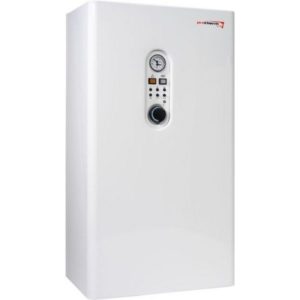
According to the types of heating systems, they operate on the basis of:
- tubular electric heating element;
- electrical diodes;
- through induction.
Installation features
To install the boiler, assembly and installation of the pipeline will be required. It is advisable to analyze in advance where it will pass, and which rooms it needs to be brought to.
The boiler itself does not take up much space; moreover, it has an aesthetic appearance and is interesting in decorative terms. Often its installation takes place in a separate or ancillary building. Therefore, placing the device in the kitchen will not be an appropriate solution.
Electric boiler for heating a house
Planning the heating of a private home is not difficult, because there are many necessary components on sale. Thanks to the abundance of choice, the buyer may be interested in both simple units with a heat exchanger and automation for activating the system, as well as advanced boilers with a built-in temperature control unit and remote control.
NOTE. Standard models of electric boilers that have low power can be purchased at a reasonable price, since the total cost of heating equipment will be affordable to many buyers.
Advantages and disadvantages
The positive aspects of using electric boilers are obvious:
 Small losses of electrical energy.
Small losses of electrical energy.- Using a boiler to heat any type of liquid.
- Possibility of establishing the process of supplying the house with hot water.
There are also negative sides:
- Power outages, which entail forced circulation of the coolant.
- Increased demands for the introduction of energy into the house and electrical safety during autonomous heating.
What is more economical: convector or electric boiler?
The use of an electric boiler will be economical due to the buffer capacity, which allows it to be charged at night at a cheap electricity tariff. At the same time, during the day, energy consumption will be minimal.

